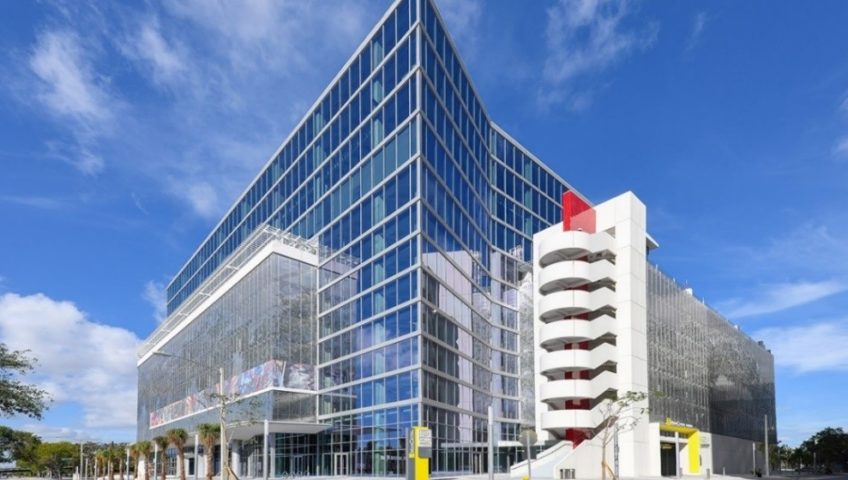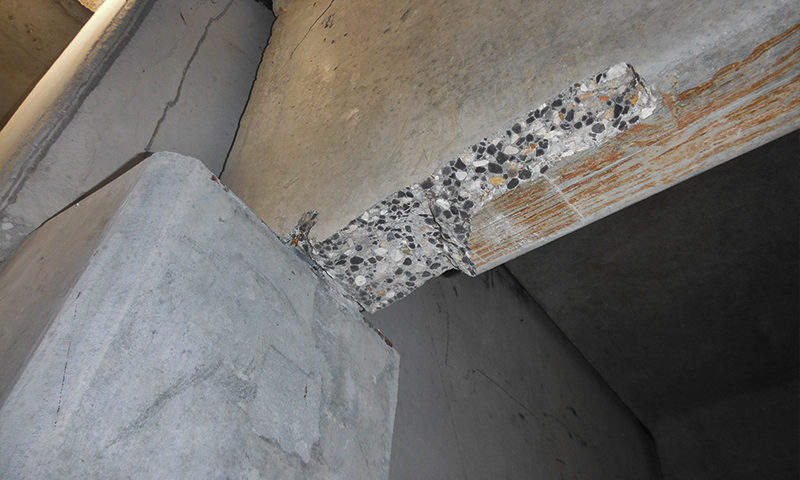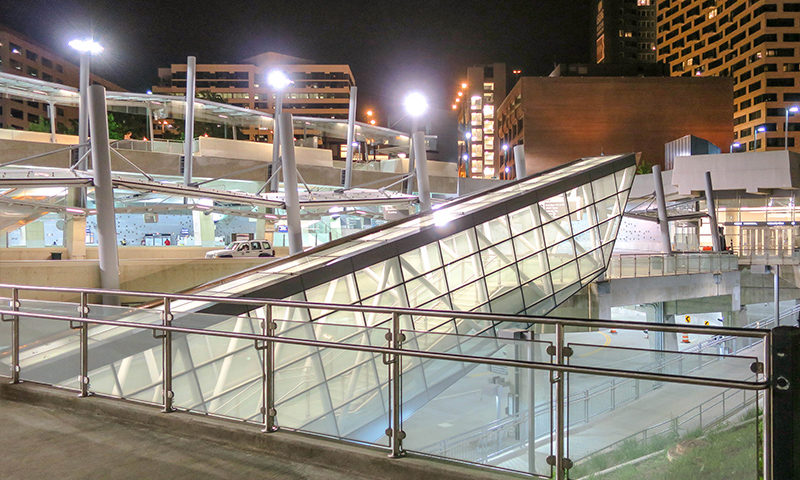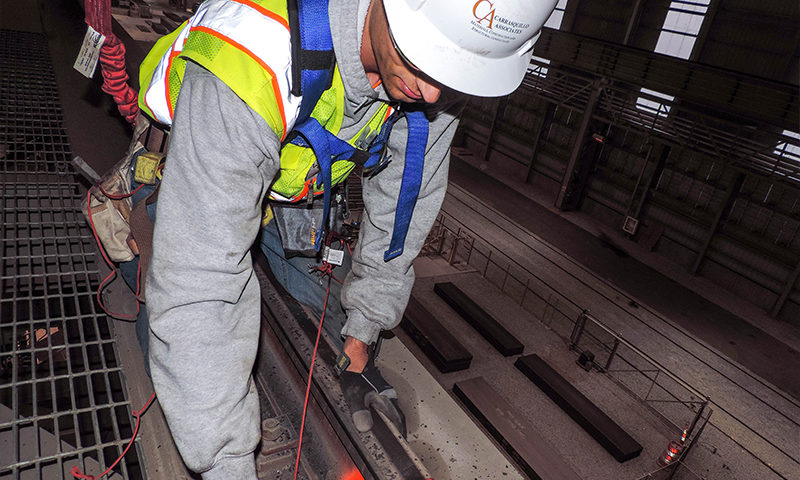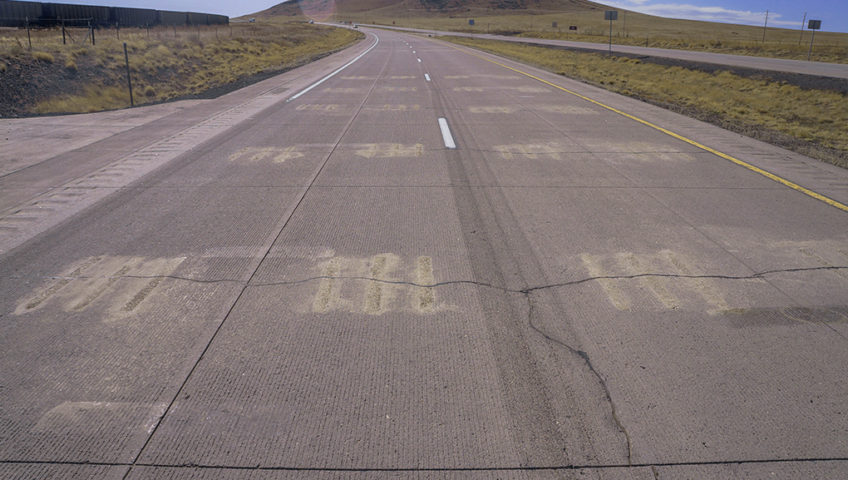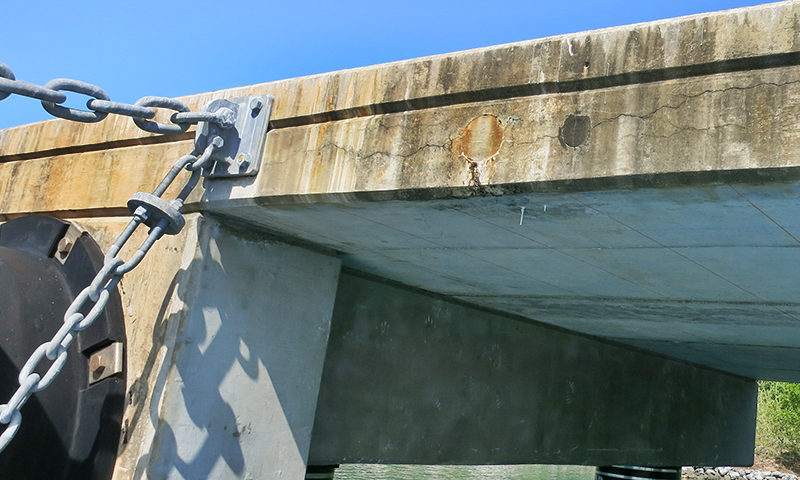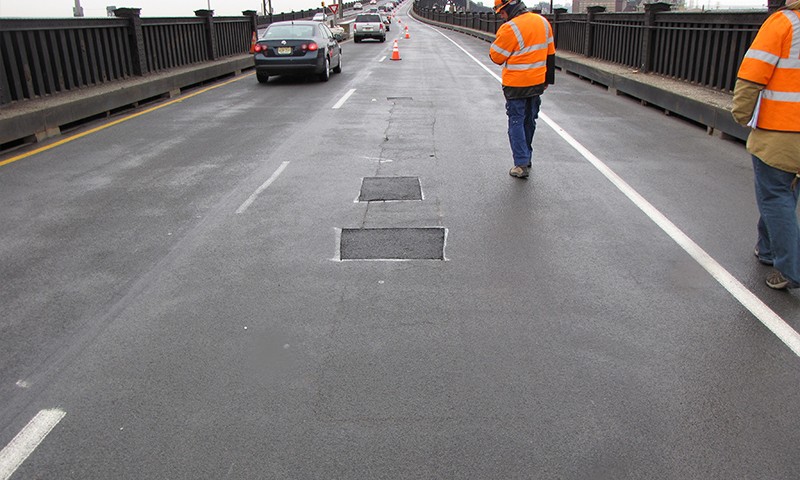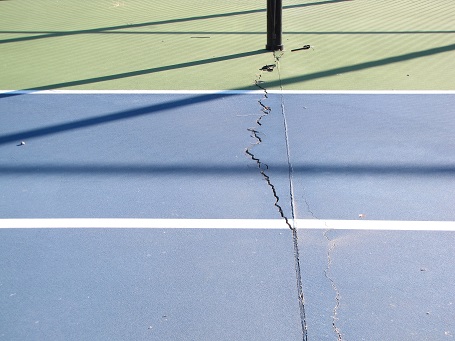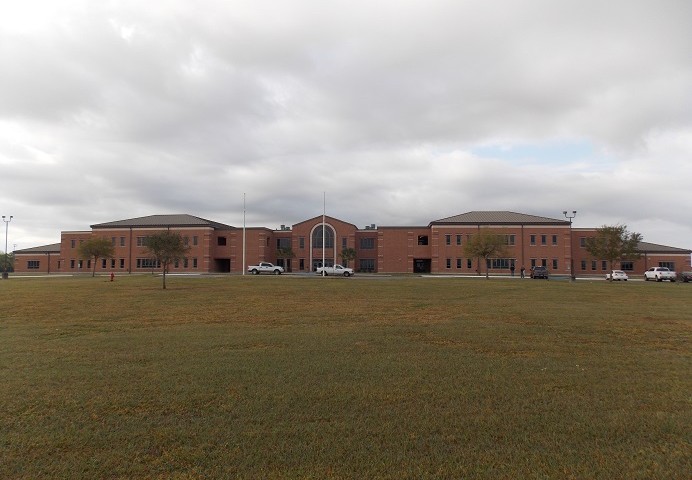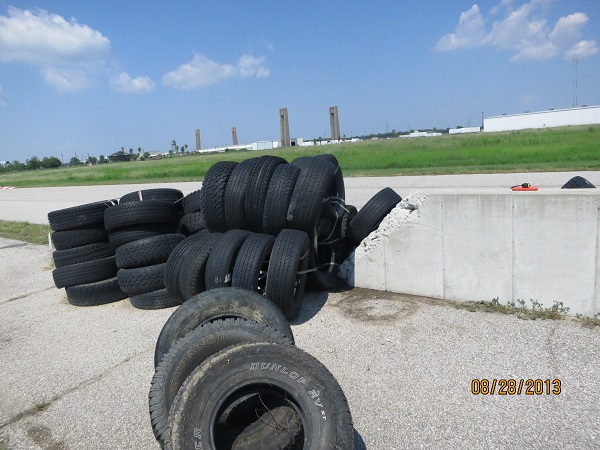The Project consisted of a twelve (12) story mixed occupancy structure located in Miami, Florida. It is approximately 606,800 square feet with retail space located on the ground floor, a seven-story parking garage structure, and four floors utilized for office space above the parking levels.
CA was retained by the General Contractor to conduct an investigation into several construction issues observed during and after construction. CA’s investigation included a review of the work performed by the subcontractors to determine whether it complied with the requirements of the Contract Documents. The elements of the structure investigated included various reinforced concrete members, safety barriers, masonry walls, and drainage provisions. CA performed a field condition survey, reviewed and analyzed relevant documents, and used 3D models to analyze the structure to determine whether the investigated structural elements complied with the contract documents.

